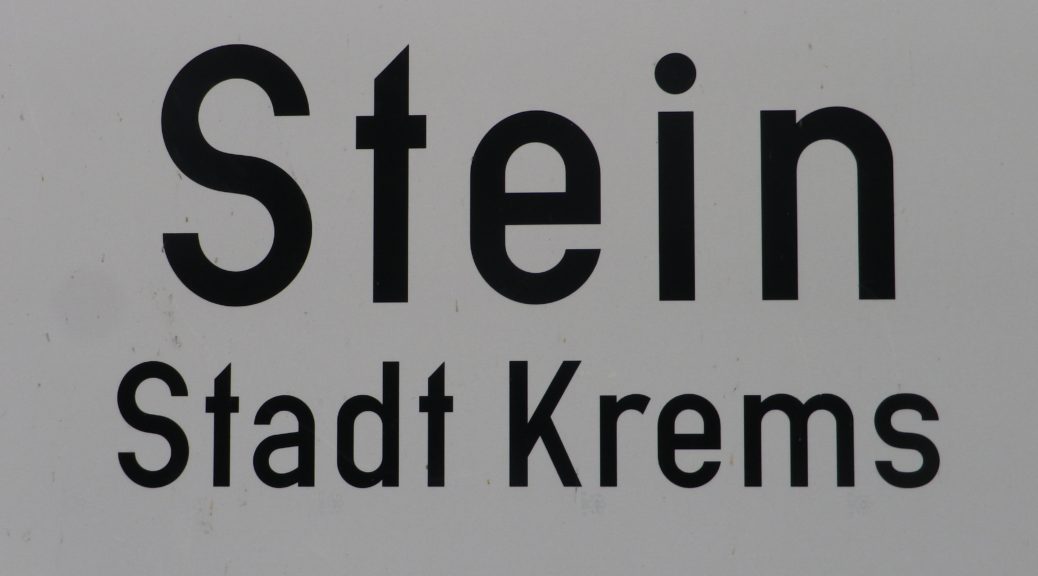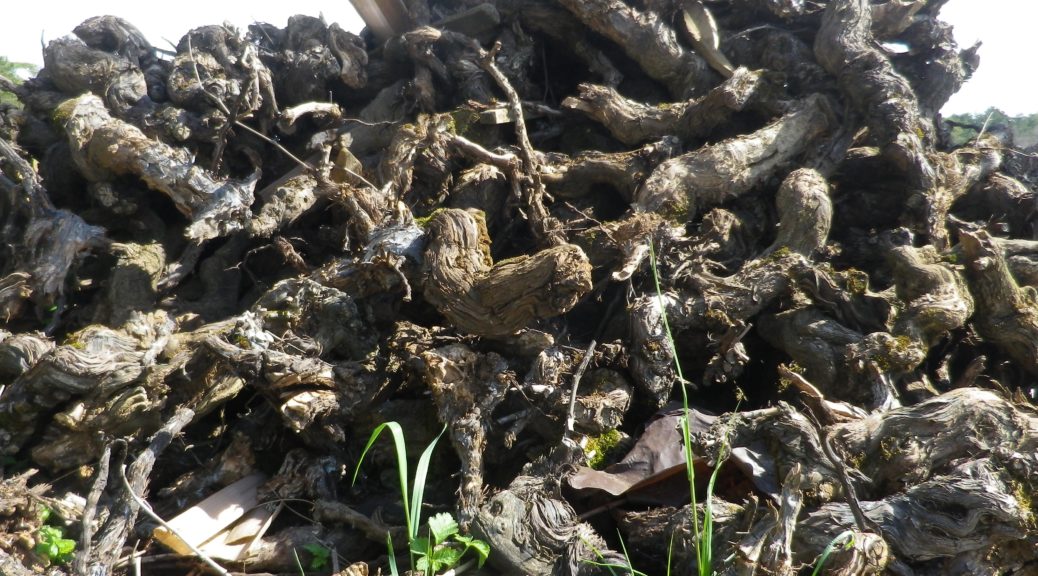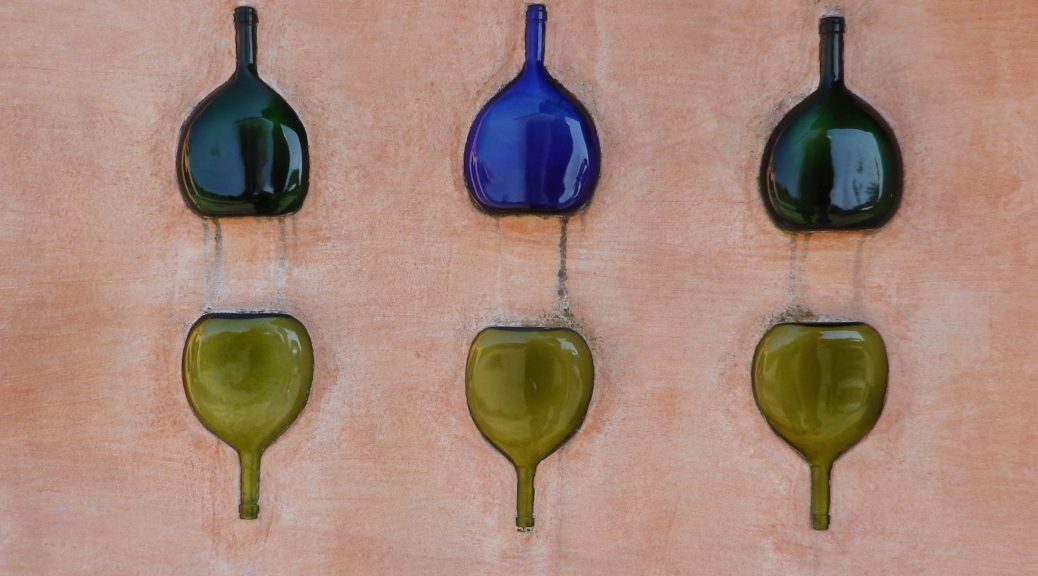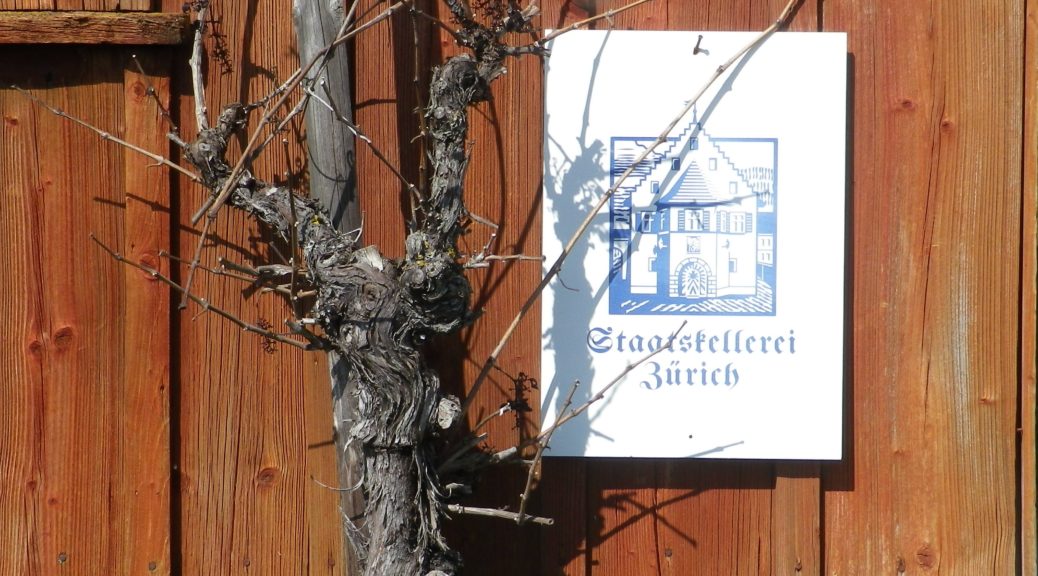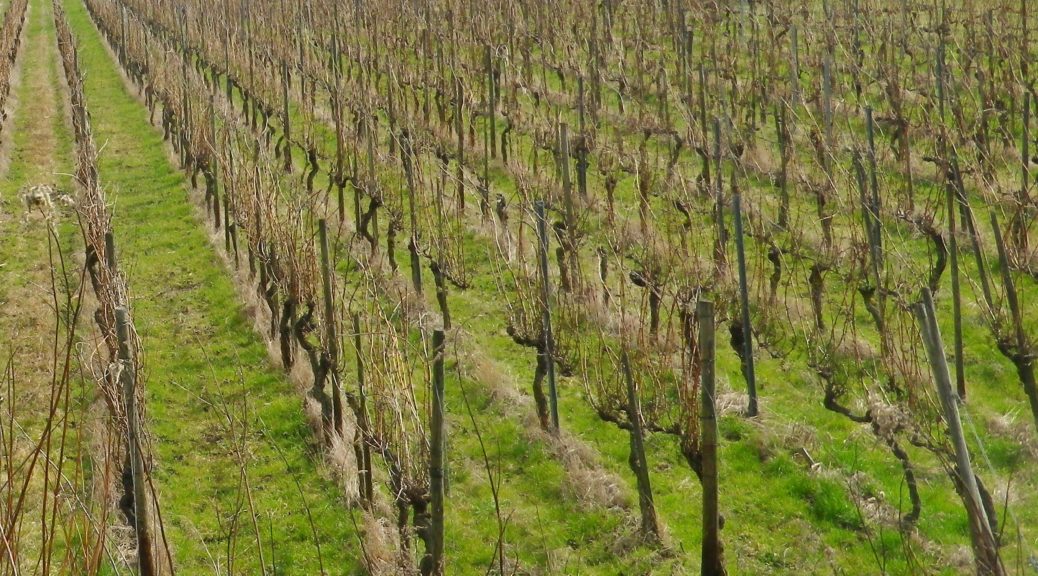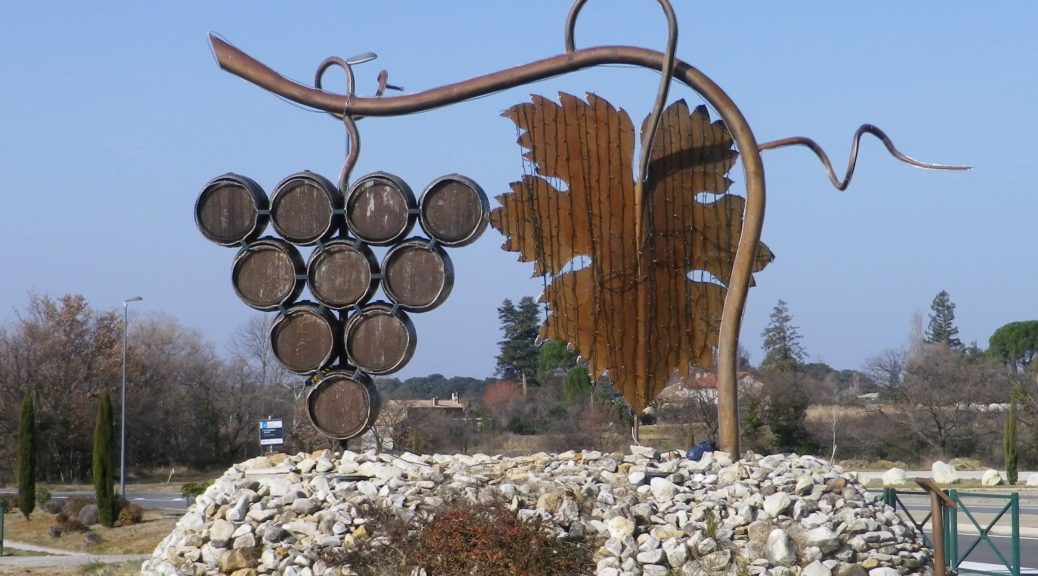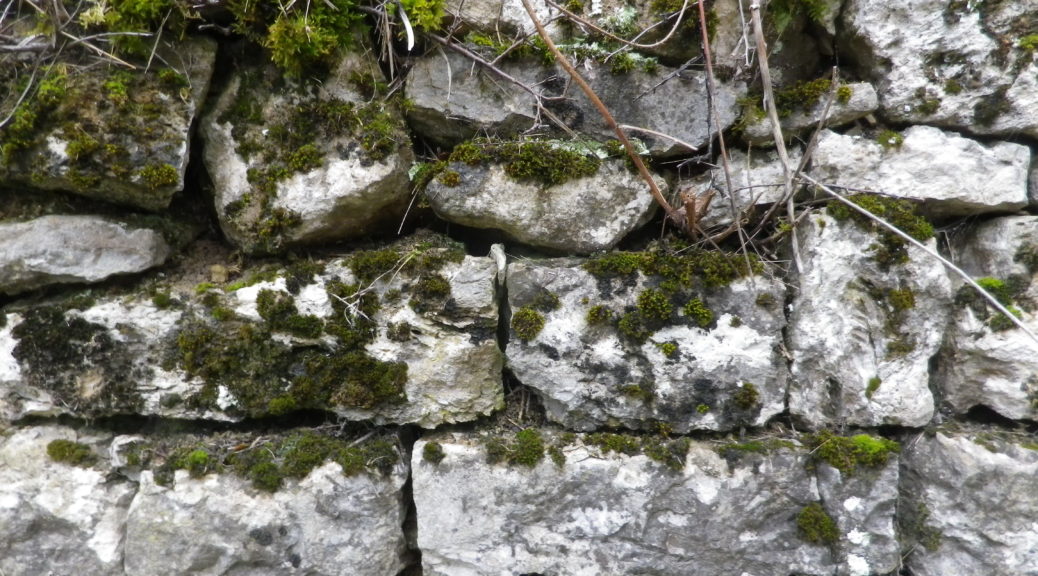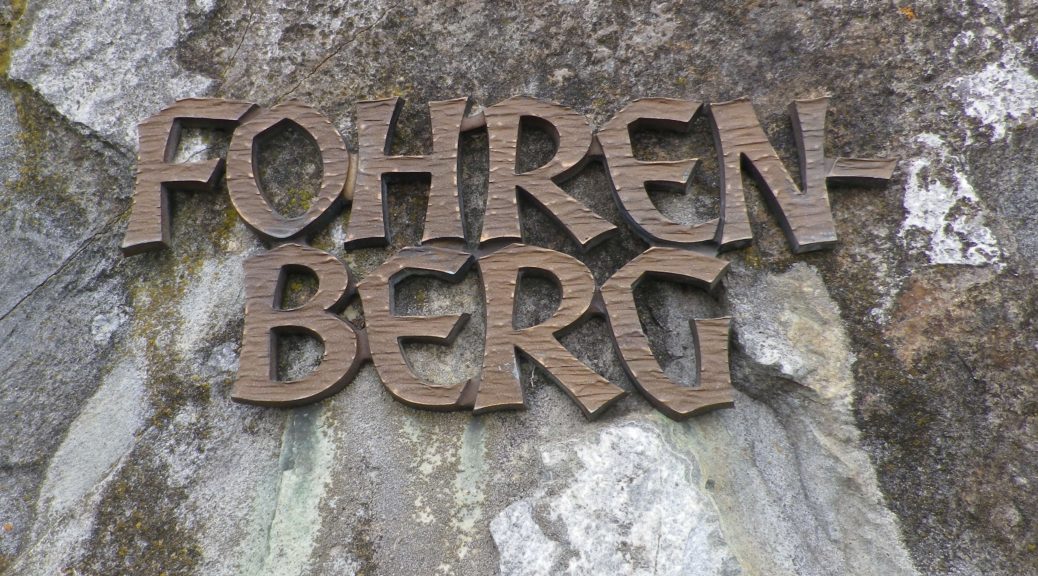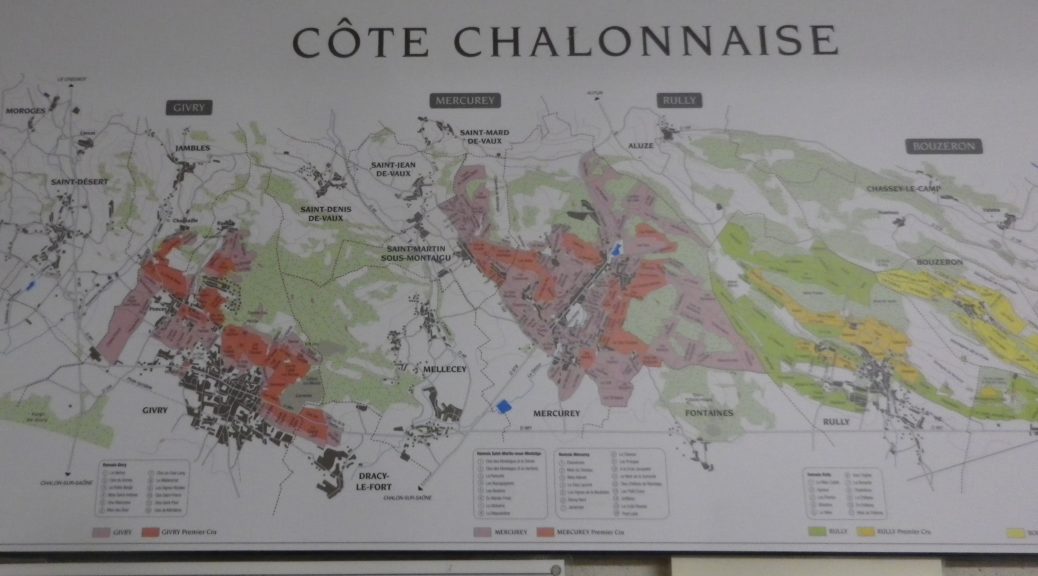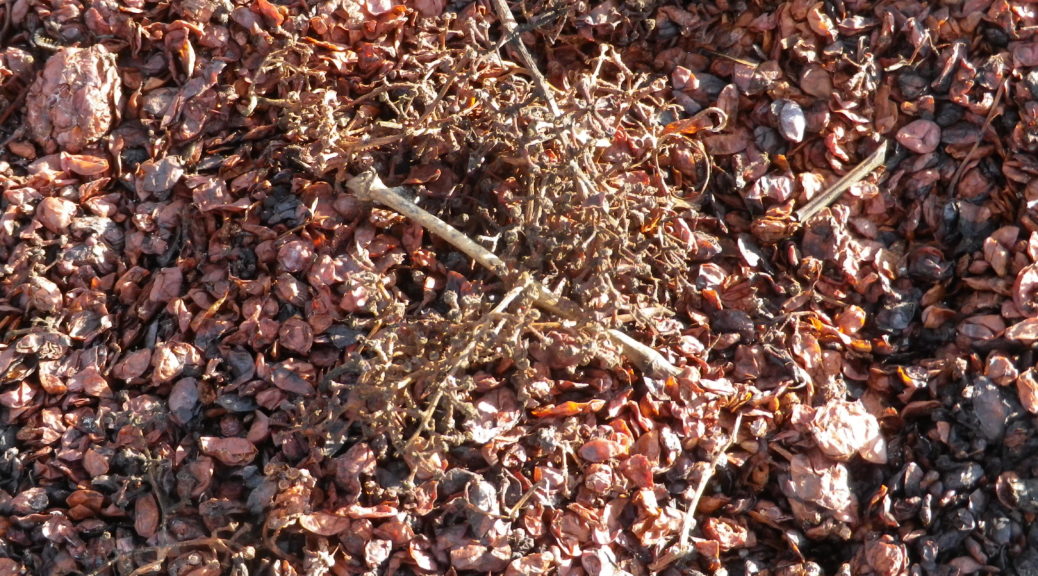What I Learned:
Kremstal (Krems Valley), in Krems, Austria, along with its associated village of Stein, and a narrow band of area on the opposite side of the Danube, form a wine district known as Kremstal. This district lies on both sides of the Danube River and its tributary, the Krems River. Vineyards lie above the communities on high slopes overlooking the communities and the rivers. Loess and sedementary soils predominate in this region.
Noted Ried (named vineyards) in Stein are: (from up to down river) Steiner Pfaffenberg and Hund; with other esteemed vineyards being: Pitschental, Altenburg, Grillenparz, Danzern, and Schreck.
Wine-making in the Krems region dates back about 2000 years. As Christianity moved east, monastic organizations revitalized the tradition. The oldest vintner association in Europe, the Hauerinnung Krems-Stein, has been here since 1442. In 1938 it founded Winzer Krems, a name that endures today. Its cooperative winery, Sandgrube 13, is located at the same address in Krems, and worth a visit.
Like the neighboring Wachau wine region, the Gruener Veltliner is the single-most cultivated grape, accounting for half the annual production. While grown elsewhere, this grape, and the white wine it produces, is Austria’s claim to fame in the wine world. Riesling is the second most cultivated grape. White varietals predominate here, and other white varieties include, Rivaner known elsewhere as Mueller-Thurgau), Muskatteller, Neuburger, and Pinot Blanc and Gris. Grown to a lesser extent, the red varietals include Sankt Laurent and Zweigelt.
What I tasted:
2016 Rivaner, Winzerbraut, Qualitaetswein, Halbtrocken, Winzer Krems (Niederoesterreich): An off-dry white wine with medium minus gold color; a nose of green apple and ripe white peach, toasted nuts, peach and slight spice flavors; medium acidity, nicely balanced overall.
2015 Sauvignon Blanc, Kellermeister Privat, Niederoesterreich, Qualitaetswein, Trocken, Winzer Krems: A dry white wine with medium minus gold color; light boxwood, gooseberry nose, with boxwood and citrus flavors, with a hint of spice; medium plus acidity.
2015 Gruener Veltliner, Frauengrund, Kremstal DAC, Josef Dockner: A dry white wine with light gold color; a floral and spicy nose, both sweet and sharp; floral, honey, tangy spice, vanilla and grilled peach flavors; mild acidity.
2014 Riesling, Ried Grillenparz, Erste Lage, Kremstal DAC Reserve, Weingut Stadt Krems: A dry white wine with light gold color; a sweet grape nose, and tropical fruits, turpentine, and spicy, mustard-like flavors, with a hint of minerality; medium acidity with a smooth finish.
2013 Gruener Veltliner Steinberg, DAC, Weingut Hutter: A dry white wine with a dark gold color; floral and fruity notes with a hint of grapefruit, very mild acidity.
2013 Riesling, Stein Terrassen, Weingut Hutter: A dry white wine with light gold color; floral notes with a slight hint of grapefruit; medium acidity.
